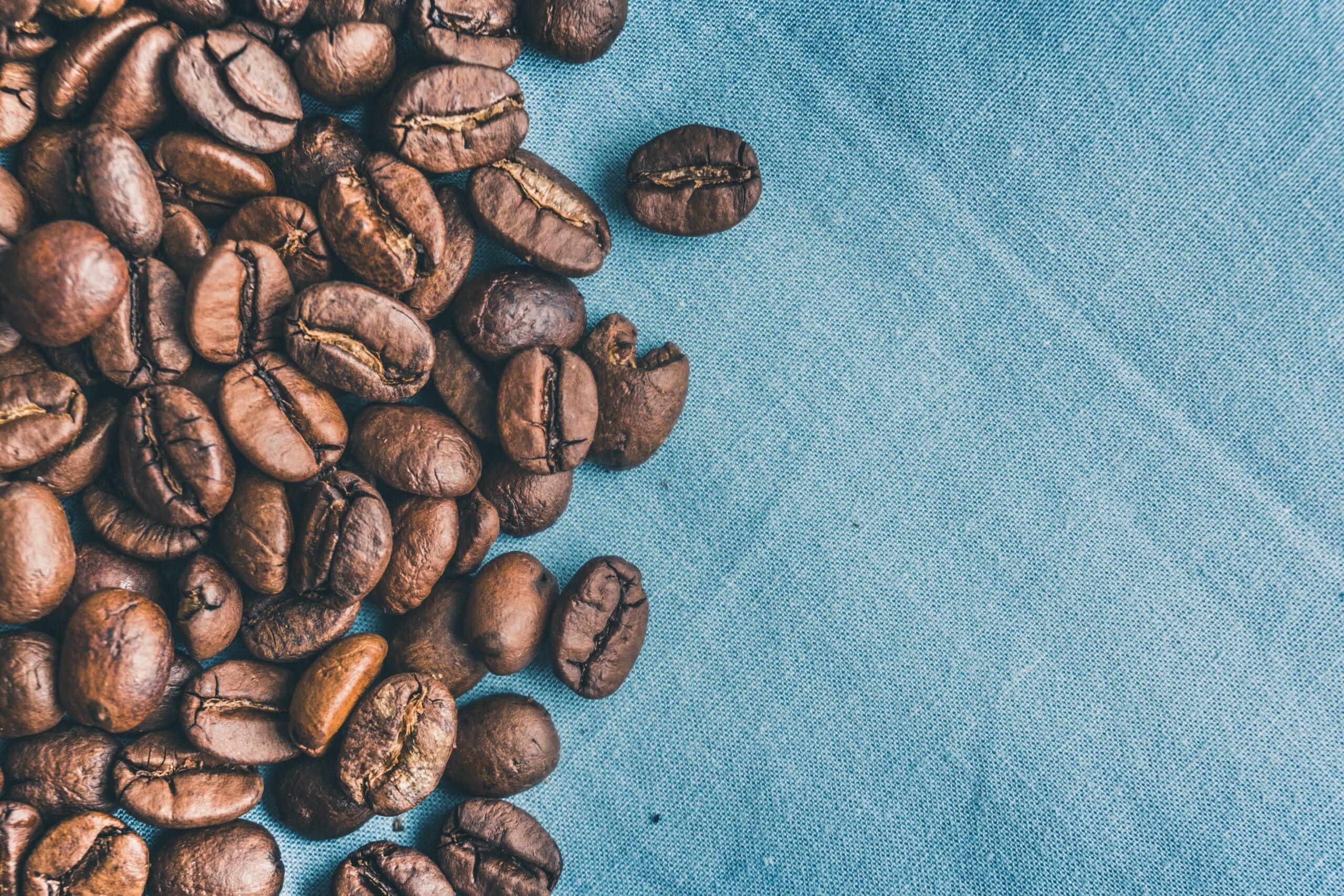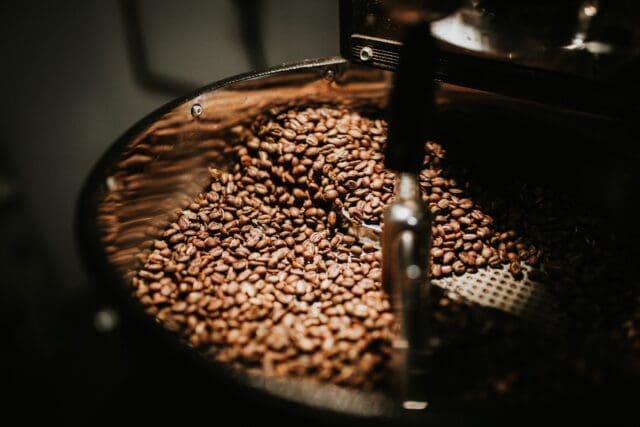For most people, coffee is an important beverage that will refuel them or start their day. Whether you prefer a latte, cappuccino, espresso, or even a cold coffee, there is something soothing about sipping a hot cup of joe. Coffee is known to offer certain mental and physical health benefits, but before you do, it is important that you understand the different beans and roast levels of coffee.
If you are a coffee enthusiast, you will understand the importance of roasting coffee. So before you grind, brew, and enjoy your steaming coffee, you will find everything you need to know about coffee roasting:
What is Coffee Roasting?
Roasting is a process in which green beans are converted into brown beans that are then brewed into aromatic coffees. The process is quite simple, as many enthusiasts or roasters have been doing it for years, but it can be messed up quite easily. The goal of this process is to bring the coffee to a specific temperature internally; that’s when the beans undergo chemical change.
Now the heating portion is the most crucial element of the process as it caramelizes the sugar present in the bean, which gives it the brown color. When you roast them, it gives them a unique flavor and aroma that can be very surprising. Want a quick solution to your coffee roasting process? This Sandbox Smart Coffee Roaster will allow you to roast some fresh coffee; it is a convenient and easy method; if interested, do check them out.
Keep in mind that coffee beans are not brown or green, but they look like tiny red fruits called cherries. However, before the roasting process, the outer layers are removed so that the inner flavors can be extracted from the beans during the heating process.
Types of Coffee Roast
As we learned that coffee roasting is a heating process, there are different roast levels of coffee that offer different flavors. The specific shade of brown will help you identify the roast level and roasting method involved. Read below to know more:
Light Roast
Light roast is the first level where you will find no oil on the coffee beans and has high amounts of caffeine present in them. These coffee beans are roasted at an internal pressure of 400°F (approximately).
Medium Roast
This type of coffee roast is often brown in color with a good amount of caffeine present in them. Similar to a light roast, it does not have any oil on the bean’s surface but offers a balanced flavor and aroma. These coffee beans are roasted at an internal pressure of 420°F (approximately).
Dark Roast
In dark roast, the coffee beans are roasted until they are dark brown, and they do have some oil on the surface. The caffeine levels in these beans are very low, but their flavor is strong with a small hint of spice. These coffee beans are roasted at an internal pressure of 445°F (approximately).
Extra Dark Roast
The type of road is mostly black and does contain oil on the surface of the coffee beans. However, the taste profile of this roast level is burnt, smoky, and bitter. The caffeine levels are extremely low because the internal temperature at which these beans were roasted was 475°F (approximately).

5 Phases of Coffee Roasting
Whenever you want to roast your coffee, there are five phases that it will go through. The roast profiles are entirely up to you and your preference; however, there is a range of methods, styles, and approaches taken by coffee geeks.
In any case, the roaster will use high temperatures, constant observation, airflow variation, and of course, all their senses to determine the right roast profile desired.
Stage 1
In this stage, your coffee beans begin to dry out or turn yellowish in color, which is one of the most crucial stages. This step sets the foundation and will determine how slow or fast your coffee beans will roast into the first crack. It emits a grassy aroma and also releases the water stored inside, which turns into steam.
Stage 2
At this stage, the coffee is roasting around 350-400°F, and this is where you hear the first crack of the coffee beans. Often known as the first browning of the coffee, the reaction is entirely dependent on the temperature and airflow. As mentioned before, the first stage is called the light roast, which has mild coffee flavor but bright acidity.
Stage 3
When your coffee beans are becoming a bit browner, this means that the sugar present begins to caramelize. At this stage, the roast is very aromatic and has a well-balanced flavor which is popular amongst roasters. Additionally, the beans swell up in size and have enough caffeine to go along with it.
Stage 4
At this stage, the roaster continues to provide temperature and airflow to the beans, which eventually reach a second cracking. This usually occurs when you have reached the dark roast; however, some coffee enthusiasts prefer to stop just before the second crack as it is still packed with coffee flavor.
Stage 5
Anything above the second, the crack leads to an extra dark roast level where the beans are almost black. At this stage, the coffee is barely noticeable and gives off a bitter or burnt-like taste. This is often known as the full breakdown of the coffee beans.
Ready to Try Coffee Roasting?
These are just some of the essential things you need to know before you start roasting. Keep in mind that every coffee enthusiast prefers to have coffee in their own special way, so feel free to try out different types of coffee before choosing the one you like. Want to roast your own coffee? read all about it here.
Photo by Juan Pablo Serrano Arenas:




